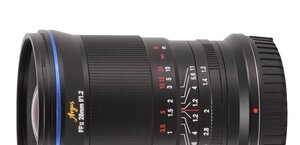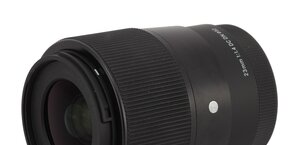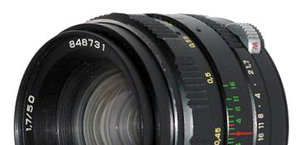Carl Zeiss Distagon T* 35 mm f/2 ZF/ZK/ZS/ZE
3. Build quality
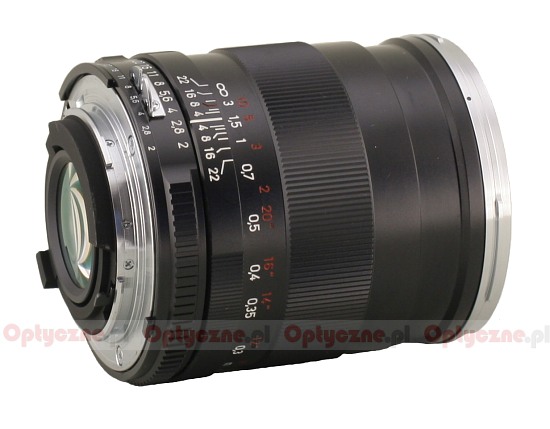 |
Because of Zeiss 35mm was designed mainly for a full-frame format, because of good lens speed and because of wide angle, the Distagon is neither small nor lightweight. It is shown hereafter in the picture where it’s compared with a Distagon 2/28 and a Nikkor 1.8/50. In this table you can find a confrontation with similar competitors from Canon, Nikon and Pentax. We can easily notice that the Zeiss predominate over the other competitors in weight and dimension.
Please Support UsIf you enjoy our reviews and articles, and you want us to continue our work please, support our website by donating through PayPal. The funds are going to be used for paying our editorial team, renting servers, and equipping our testing studio; only that way we will be able to continue providing you interesting content for free. |
- - - - - - - - - - - - - - - - - - - - - - - - - - - - - - - - - - - - - - - - - - - - - - - -
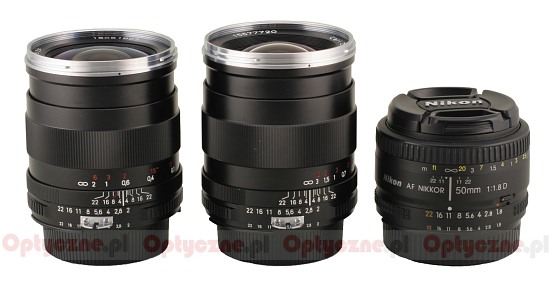 |
The construction of the lens consist of 9 lenses elements set in 7 groups. On the one hand we can see that it has a one element less than the previously tested Distagon 2/28, on the other hand it has definitely more elements than the competitors from Canon, Nikon and Pentax. The Zeiss doesn’t advertise and doesn’t pride itself on using special glasses or aspherical lenses. For me it’s quite unaccountable because nowadays, it became obvious to put some extra-low dispersion or aspherical glasses into modern, especially wide-angle and fast lenses. The Carl Zeiss, with relatively expensive lens, doesn’t behave like other manufacturers. On the other hand, so reputable brand doesn’t have to draw customers attention by boasting about marketing name of special glasses. So it’s possible that the Zeiss used those glasses without saying anything.
 |
As we have already said, a purchaser is given lens hood and both original a front and a rear cap. In addition, in a package we can find a handwritten quality certificate, signed personally by Japanese optician who checked and tested correctness of optic elements, aperture mechanism, cleanness and clarity of lenses and barrel and finally completeness of package.
The version ZF, destined to Nikon wasn’t given any contact joints which makes it lens unable to communication with the camera and to send aperture and focal length information. Pentax owners are better off because the version ZK is equipped with those contacts.




